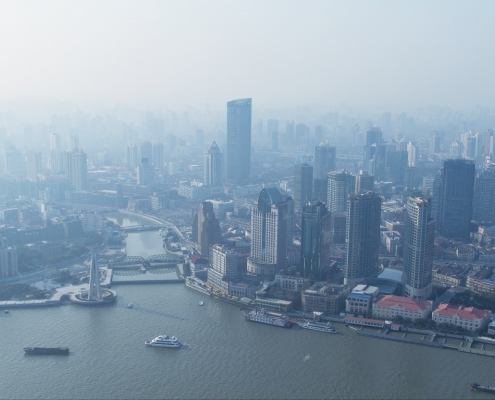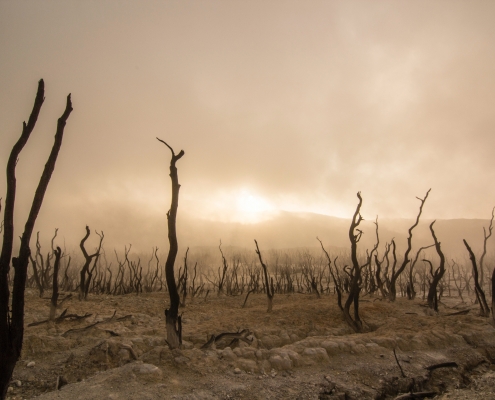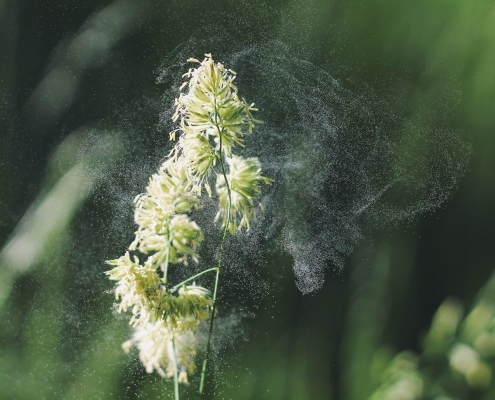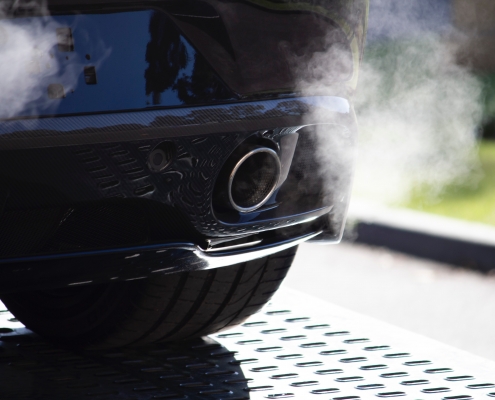 unsplash.com / Scott Graham
unsplash.com / Scott GrahamWie Sie Projekte mit Luftqualitätssensoren und Luftqualitätsdaten richtig planen
Immer mehr Städte und Gemeinden starten eigene Projekte zur Luftqualitätsüberwachung oder haben bereits Geräte zur Luftqualitätsüberwachung im Einsatz und nutzen die Daten aktiv. Da wir regelmäßig Anfragen zu solchen Projekten erhalten,…

Basiswissen Luftqualitätssensorik und -management für Smart Cities
Dieser Artikel ist eine Einleitung in das Thema Luftqualitätssensorik und Luftqualitätsmanagement für Smart Cities und soll als erste Anlaufstelle für Smart City Manager/-innen eine grundsätzliche Übersicht über den Themenbereich vermitteln.…

2024 update to Breeze Technologies‘ air quality index
At Breeze Technologies, we regularly evaluate our air quality index (AQI) based on recent scientific insights and publications from international institutions such as the World Health Organization (WHO). Our AQI is mainly developed from the…
 unsplash.com / Shane Rounce
unsplash.com / Shane RounceEngaging your community on air quality
Air pollution affects everyone, and while in many countries it remains an invisible threat, public awareness about the issue has continued to rise throughout the last decade.
Hence many of our urban air quality monitoring projects with cities…

Die verschiedenen Standorte zur Überwachung der Luftqualität in Städten
In der Richtlinie 2008/50/EG wird die Anforderung an Messstellen zur Messung der Luftqualität eingeführt und die zentrale Frage untersucht, wann Luftschadstoffe gemessen werden sollten. In der Richtlinie werden außerdem verschiedene Arten…

Do plants improve air quality?
According to an often-quoted study conducted by NASA, house plants have been found to purify the air and remove “up to 87% of the amount of toxins in the air”. Recent studies, however, have cast doubt on these statements finding that indoor…

The connection between the different air pollutants
When it comes to the subject of air pollution, not many people realize that the different air pollutants are very much interconnected. Reactions between various compounds under the right circumstances will form different pollutants, thus exacerbating…

How air pollution causes acid rain
Acid rain, or acid deposition, is a broad term that includes any form of precipitation with acidic components that fall to the ground from the atmosphere in wet or dry forms. How can rain be acidic, and what are the effects of acid rain? What…

How to measure pollen
Pollen exposure is one cause of asthma attacks for people prone to them. Breathing in pollen can also cause certain other respiratory symptoms such as sneezing, congestion, and a runny nose. Climate changing is constantly shifting pollen levels,…

Everything to know about nitrogen dioxide (NO2)
Nitrogen dioxide (NO2) is a chemical compound part of a group of highly reactive gases known as oxides of nitrogen or nitrogen oxides (NOx). It is a common air pollutant recognized by many standard air quality guidelines, including the World…

Everything to know about Nitrogen Monoxide (NO)
Nitrogen monoxide belongs to a family (nitrogen oxides) of poisonous, highly reactive gases that form when fuel is burned at high temperatures. Nitrogen monoxide pollution is emitted by automobiles, various non-road vehicles such as boats and…

European Regulation and Limits on Air Pollution
When exposed to air pollutants in ambient air, or the air that we breathe, this can have an adverse effect on our health. The European Union (EU) policy on air quality aims to develop and implement appropriate instruments to improve air quality.…
